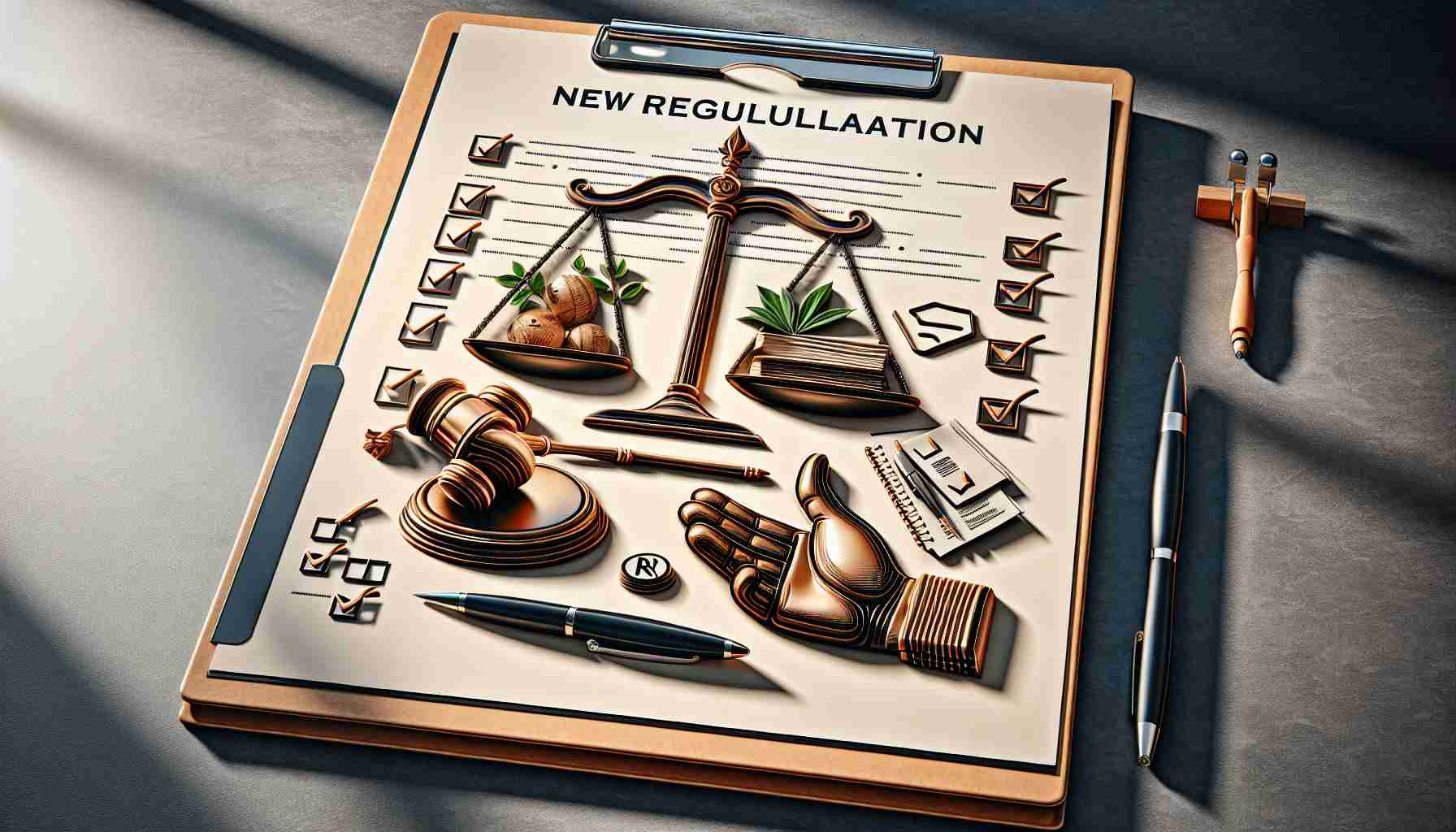Rahoitusalan maisema muuttuu nopeasti! 17. tammikuuta alkaen EU:n digitaalinen operatiivinen resilienssilaki (DORA) muuttaa organisaatioiden lähestymistapaa kyberturvallisuuteen ja operatiiviseen resilienssiin. Tämä uusi laki tuo mukanaan tiukempia vaatimuksia, joiden tavoitteena on edistää resilienssikulttuuria rahoituslaitoksissa.
DORAn toimeenpanon odotetaan ennakoivan aikakauden, jossa noudattaminen keskittyy tuloksiin. Toisin kuin nykyiset säädökset, jotka usein keskittyvät vain muodollisuuksiin, DORA kannustaa yrityksiä parantamaan kyberturvallisuustoimiaan merkittävästi. Tämä muutos pyrkii vahvistamaan tietoturvaa eri aloilla ja vähentämään kasvaviin kyberuhkiin liittyviä riskejä.
Tulevaisuuteen katsoen vuoteen 2025 mennessä organisaatioiden on aktiivisesti omaksuttava vaatimustenmukaisuus, hyödyntäen sitä perustavana elementtinä eikä päätepisteenä. Käsittelemällä sääntelyvaatimuksia lähtöpisteenä yritykset voivat parantaa asiakastyytyväisyyttä ja -luottamusta. Ennakoimalla mahdollisia uusia sääntöjä yritysten tulisi nähdä ne perustasona, joka ohjaa teknologian käyttöä ja turvallisuussijoituksia.
Investointi kyberturvallisuuteen ei tarkoita vain uhkien torjumista—se on ympäristön luomista, jossa asiakkaat tuntevat olonsa turvalliseksi ja arvostetuksi. Kun siirrymme tähän uuteen sääntelyaikakauteen, menestyneimmät yritykset ovat niitä, jotka yhdistävät tiukat turvallisuusprosessit erinomaiseen käyttäjäkokemukseen. Priorisoimalla sekä suojan että asiakastyytyväisyyden, ne luovat kestäviä luottamussuhteita, jotka ylittävät vaatimustenmukaisuuden.
Rahoituksen turvallisuuden tulevaisuus: Miten DORA mullistaa kyberresilienssin
DORAn vaikutuksen ymmärtäminen rahoituslaitoksiin
EU:n digitaalinen operatiivinen resilienssilaki (DORA), joka tulee voimaan 17. tammikuuta, tulee merkittävästi muokkaamaan rahoitusalojen lähestymistapaa kyberturvallisuuteen ja operatiiviseen resilienssiin. Tämä sääntely tuo mukanaan tiukkoja vaatimuksia, joiden tavoitteena on luoda resilienssikulttuuri rahoituslaitoksille ohi perinteisten noudattamismenetelmien, jotka usein priorisoivat paperityötä merkityksellisten turvallisuuskohennusten yli.
DORAn keskeiset piirteet
1. Tuloksiin perustuva noudattaminen: DORA keskittyy enemmän konkreettisiin tuloksiin kyberturvallisuuskäytännöissä, sen sijaan että pelkästään noudatettaisiin tarkistuslistoja. Tämä paradigman muutos kannustaa organisaatioita parantamaan kyberturvallisuustoimiaan merkittävästi, tavoitteena tehokas riskienhallinta ja vahva suoja kyberuhkia vastaan.
2. Kokonaisvaltainen riskienhallinta: DORA vaatii laitoksia omaksumaan kattavan lähestymistavan riskienhallintaan. Tämä tarkoittaa, että on käsiteltävä ei vain olemassa olevia haavoittuvaisuuksia, vaan myös ennakoitava mahdollisia tulevia uhkia ja mukautettava strategioita sen mukaisesti.
3. Parannettu tapahtumailmoittaminen: Organisaatioiden on perustettava selkeät tapahtumailmoitusprotokollat, jotka parantavat vastuullisuutta ja vahvistavat turvallisuuskulttuuria toimialalla.
DORAn hyvät ja huonot puolet
Hyvät puolet:
– Lisääntynyt kyberresilienssi: DORA edistää proaktiivista, eikä reaktiivista lähestymistapaa kyberturvallisuuteen, auttaen organisaatioita kestämään kyberhyökkäyksiä paremmin.
– Luottamuksen lisääntyminen: Parantamalla kyberturvallisuustoimia rahoituslaitokset voivat lisätä asiakastyytyväisyyttä ja asiakassuhteiden säilymistä.
– Yhteinen standardointi toimialalla: DORA luo yhtenäisen standardin kaikille rahoitusyksiköille, mikä helpottaa toimintoja ja selkeyttää odotuksia.
Huonot puolet:
– Toimeenpanokustannukset: Siirtyminen DORA-yhteensopiviin toimintoihin voi vaatia merkittäviä investointeja uusiin teknologioihin ja henkilöstön koulutukseen.
– Noudattamisen monimutkaisuus: Pienemmät laitokset saattavat kamppailla DORAn tiukkojen vaatimusten täyttämisen monimutkaisuuden kanssa.
– Resurssien kohdentaminen: Organisaatiot voivat kohdata haasteita resurssien tehokkaassa uudelleenjakamisessa häiritsemättä olemassa olevia toimintoja.
Miten valmistautua DORAn noudattamiseen
1. Tee riskinarviointi: Aloita perusteellisella arvioinnilla nykyisestä kyberturvallisuustilanteestasi ja tunnista puutteet, joita on käsiteltävä.
2. Panosta koulutukseen: Varmista, että kaikki työntekijät ymmärtävät uudet säännökset ja niiden vaikutukset arkipäivän toimintaan.
3. Paranna raportointi- ja seurannatyökaluja: Ota käyttöön vahvoja työkaluja, jotka auttavat tapahtumien havaitsemisessa, raportoinnissa ja hallinnassa.
4. Tarkista ja päivitä käytäntöjä: Tarkista säännöllisesti käytännöt, jotta ne vastaavat DORAn vaatimuksia ja heijastavat parhaita käytäntöjä kyberturvallisuudessa.
Tulevaisuuden ennusteet ja suuntaukset
Kun siirrymme kohti vuotta 2025 ja sen yli, yritysten tulisi odottaa entistä tiukempia sääntöjä, jotka kehittyvät DORAn myötä. Sääntelyodotusten odotetaan kasvavan, kun kyberuhat muuttuvat yhä monimutkaisemmiksi. Noudattamista ei enää nähdä vain rastina, vaan liiketoiminnan strategisena perustana—niin, että se integroi asiakastuksen keskeiseksi osaksi.
Johtopäätös
Investointi kyberturvallisuuteen ja DORAn noudattamiseen ei ole pelkästään sääntelyvelvoitteiden täyttämistä, vaan turvallisen ympäristön luomista, jossa asiakkaat tuntevat itsensä arvostetuiksi ja turvallisiksi. Yritykset, jotka omaksuvat tämän kaksinkertaisen keskittymisen, eivät vain kestä sääntelypaineita vaan myös menestyvät kilpailullisilla markkinoilla, joissa asiakastuki ja -tyytyväisyys ovat keskiössä.
Lisätietoja rahoitusalan sääntelyistä ja kyberturvallisuuden tulevaisuudesta löytyy osoitteesta europa.eu.
